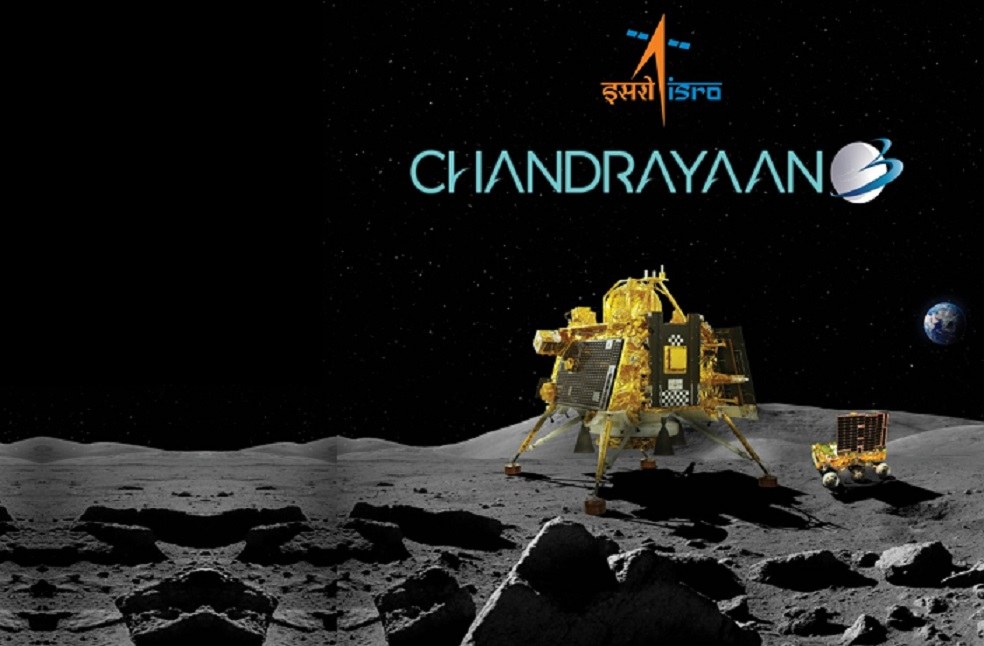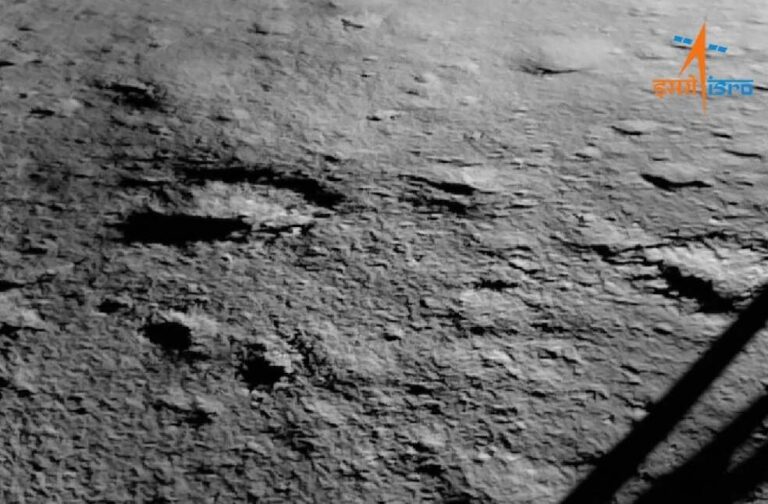India: India’s space agency has stated that its moon rover has confirmed the presence of sulphur and detected several other elements on the lunar south pole. Recently, India became the first country to land a craft near the largely unexplored south pole and the fourth nation to land on the moon.
“The Laser-Induced Breakdown Spectroscopy (LIBS) instrument onboard Chandrayaan-3 Rover has made the first-ever in-situ measurements on the elemental composition of the lunar surface near the south pole,” the Indian Space Research Organisation (ISRO) said in a statement. “These in-situ measurements confirm the presence of sulphur in the region unambiguously, something that was not feasible with the instruments onboard the orbiters,” the agency noted.
“The spectrographic analysis also confirmed the presence of aluminium, calcium, iron, chromium, and titanium on the lunar surface, with additional measurements showing the presence of manganese, silicon, and oxygen,” the statement added.

The solar-powered rover Pragyan, with six wheels, will focus on the lesser-explored southern polar region during its two-week operational period. The rover will capture images and transmit scientific data over its two-week lifespan as it searches for signs of frozen water. According to ISRO chairman Dr. Sreedhara Panicker Somanath, the rover will also study the moon’s atmosphere and seismic activity.
Recently, the rover’s route was reprogrammed when it came close to a 4-metre-wide (13-foot-wide) crater. “It is now safely heading on a new path, the ISRO statement remarked. The craft moves at a slow speed of about 10 centimetres (4 inches) per second to minimise shock and damage to the vehicle from the moon’s rough terrain.



